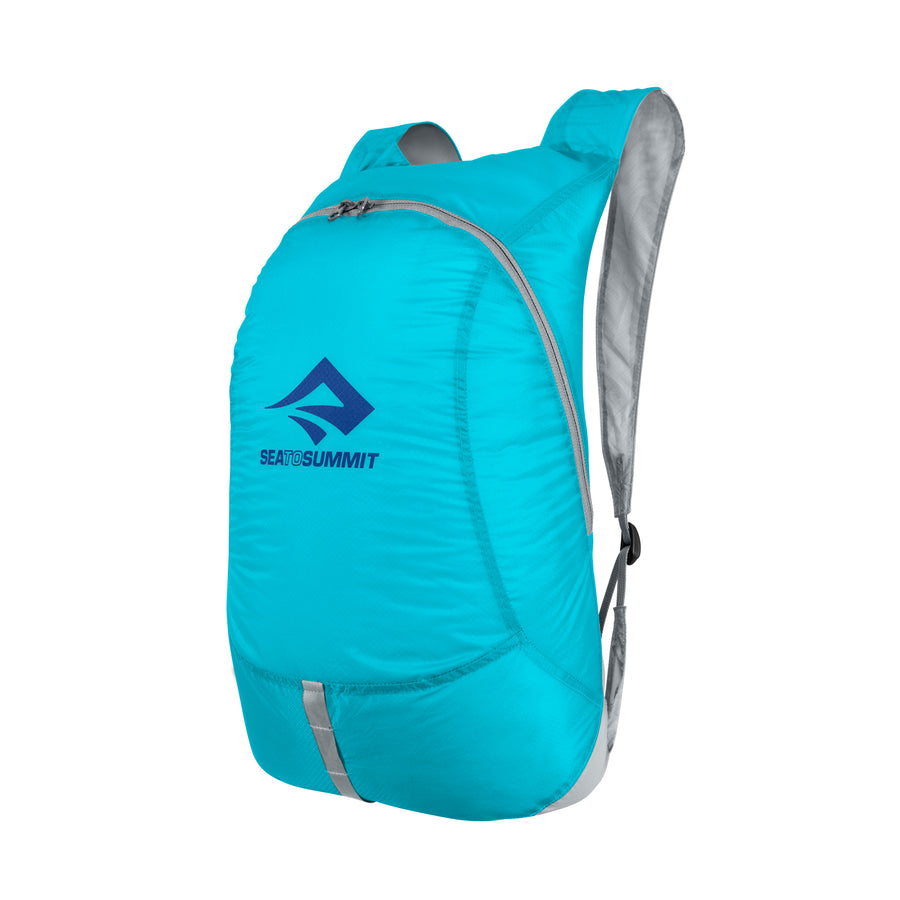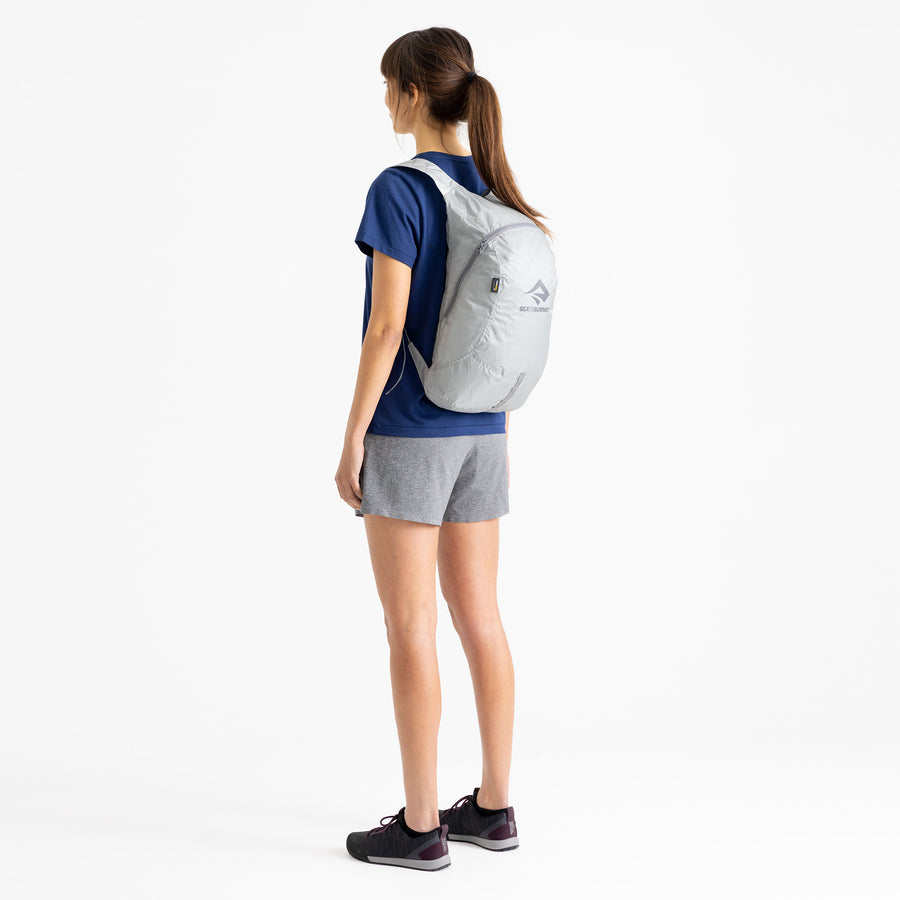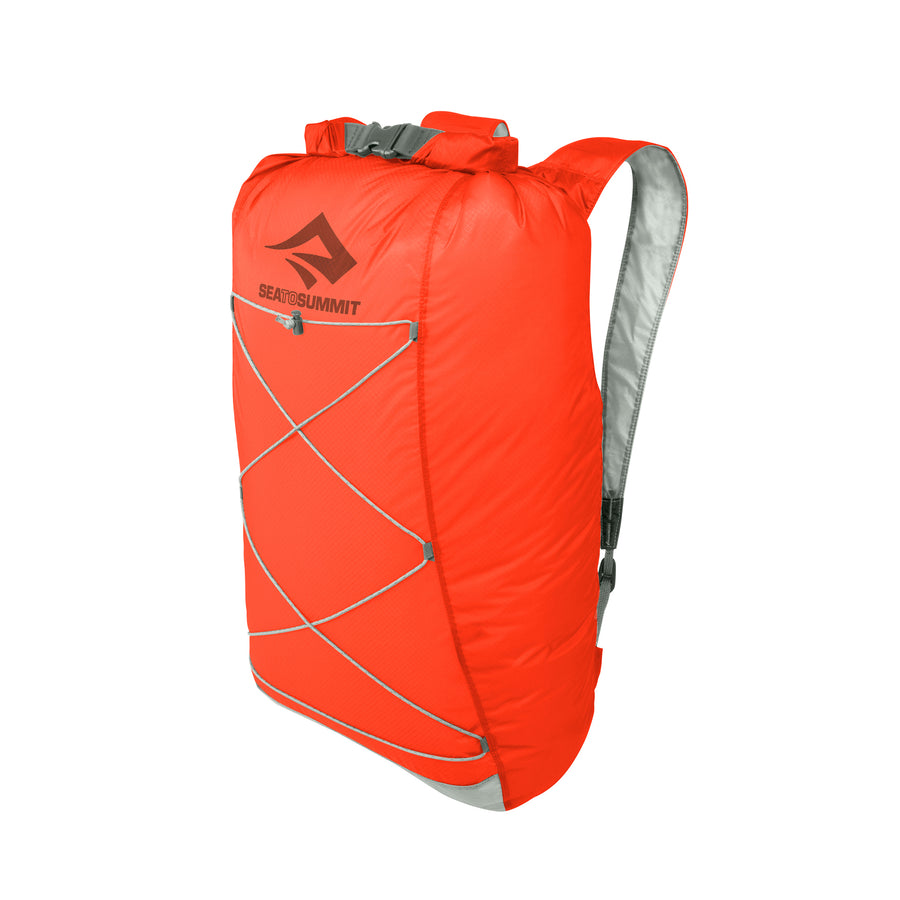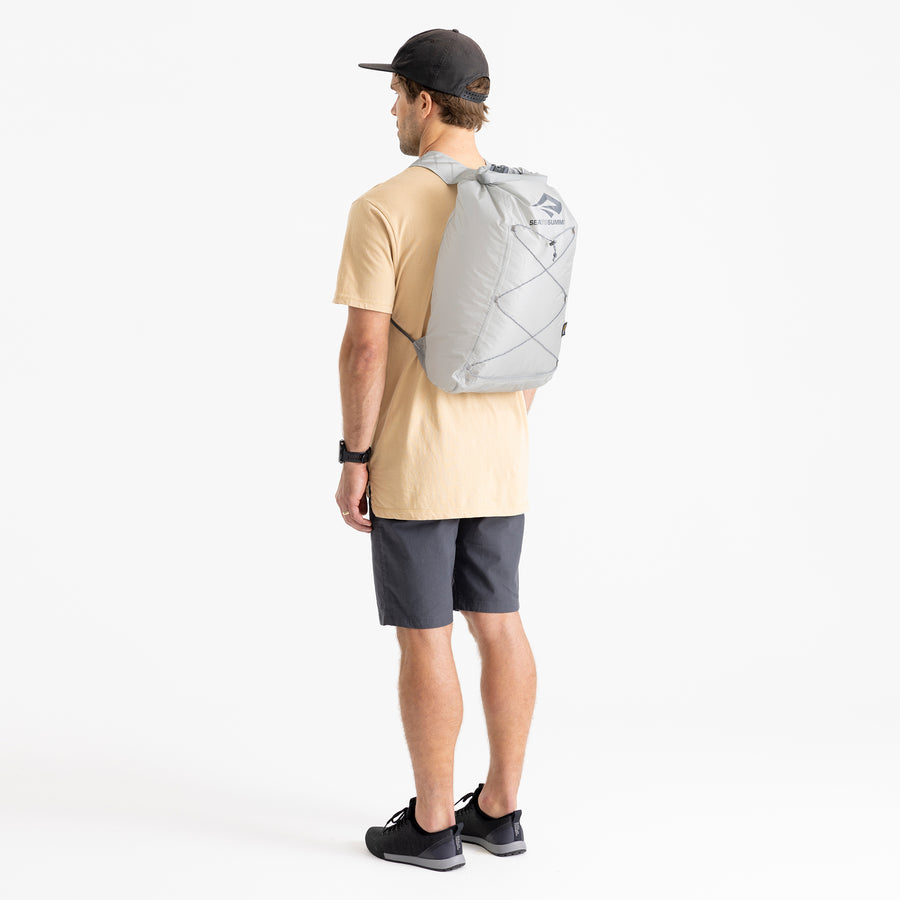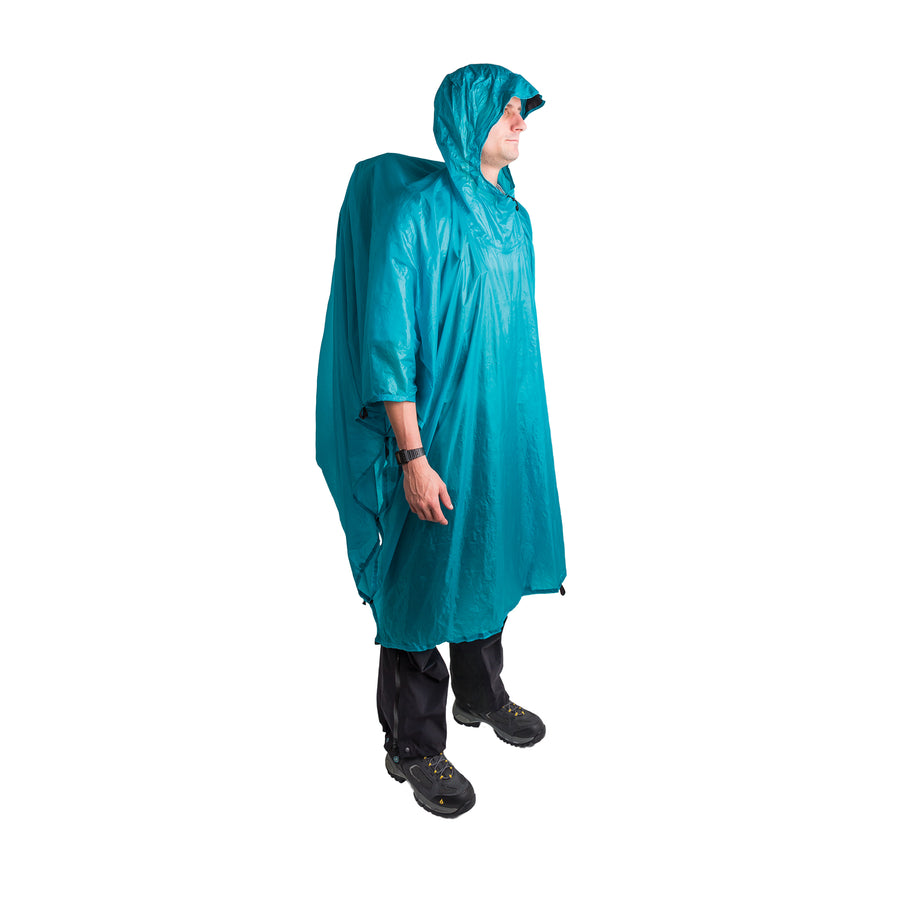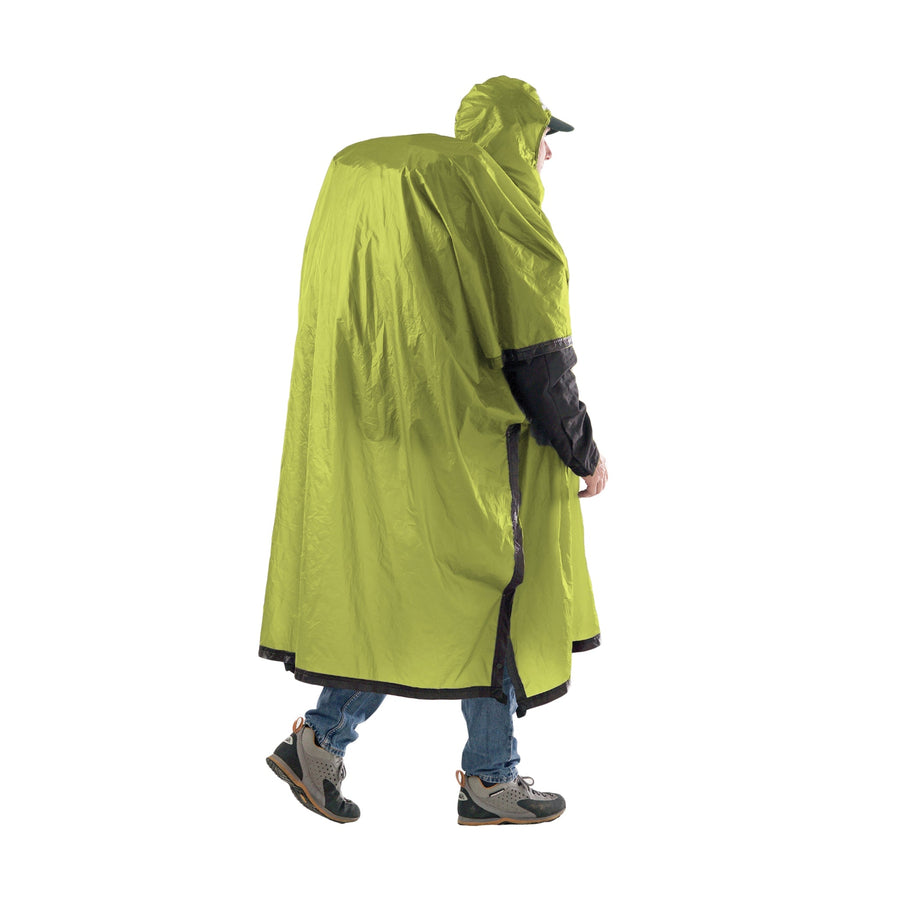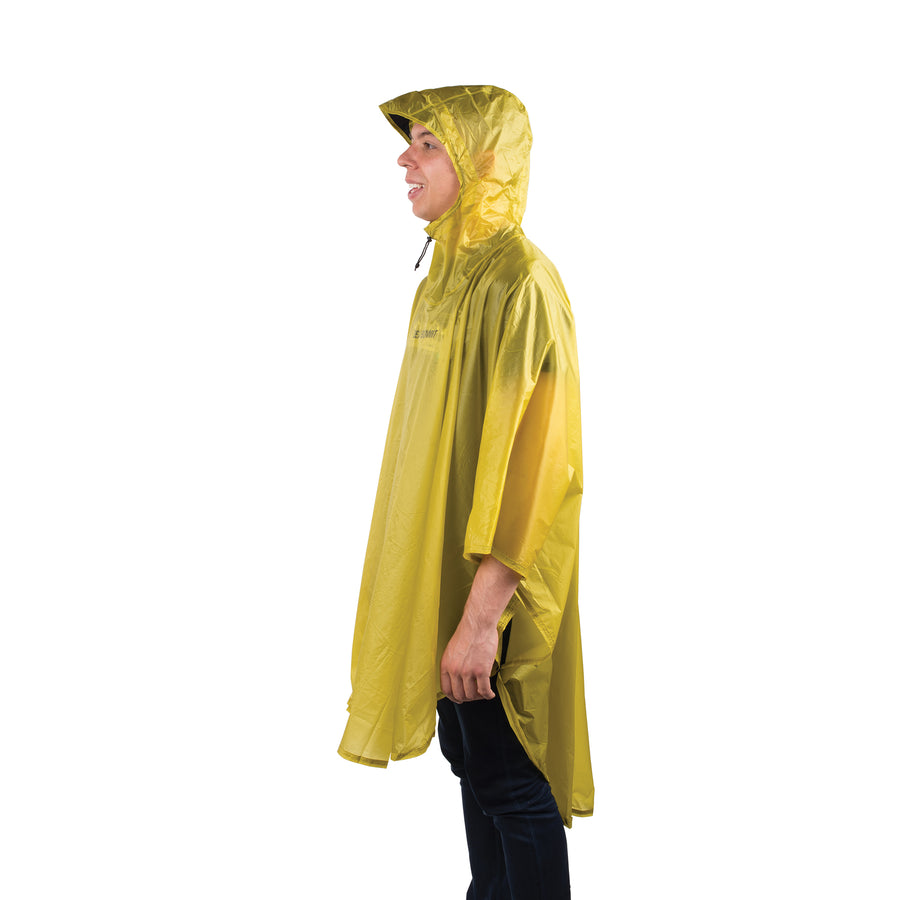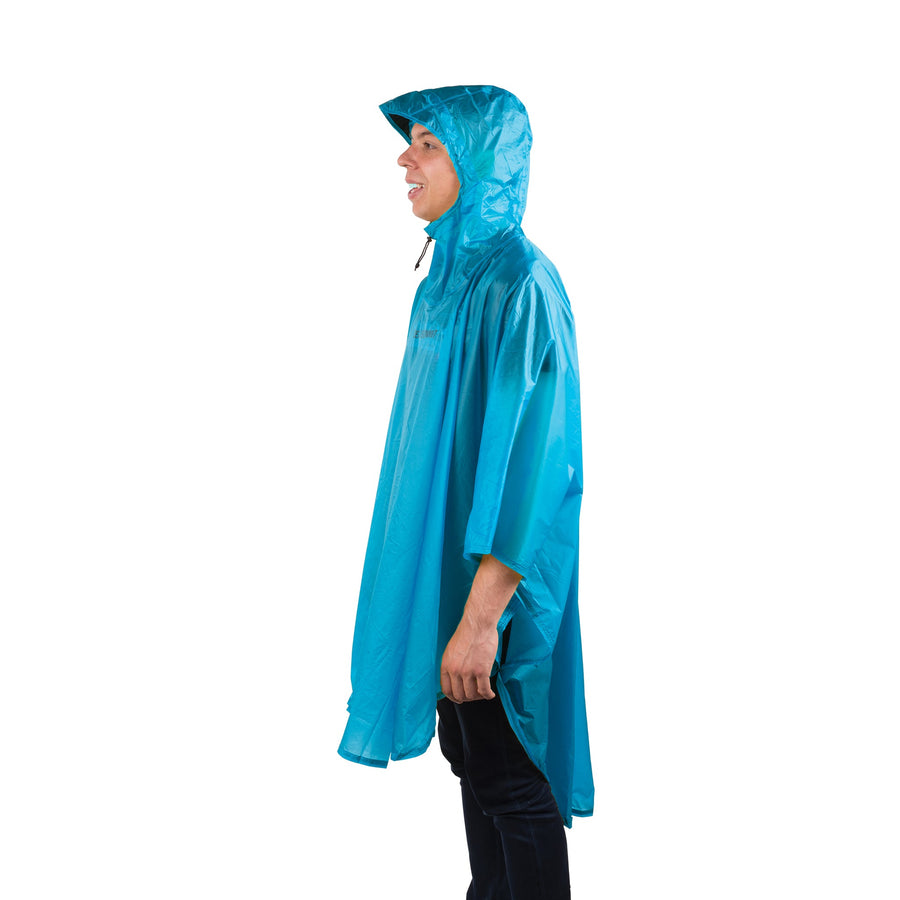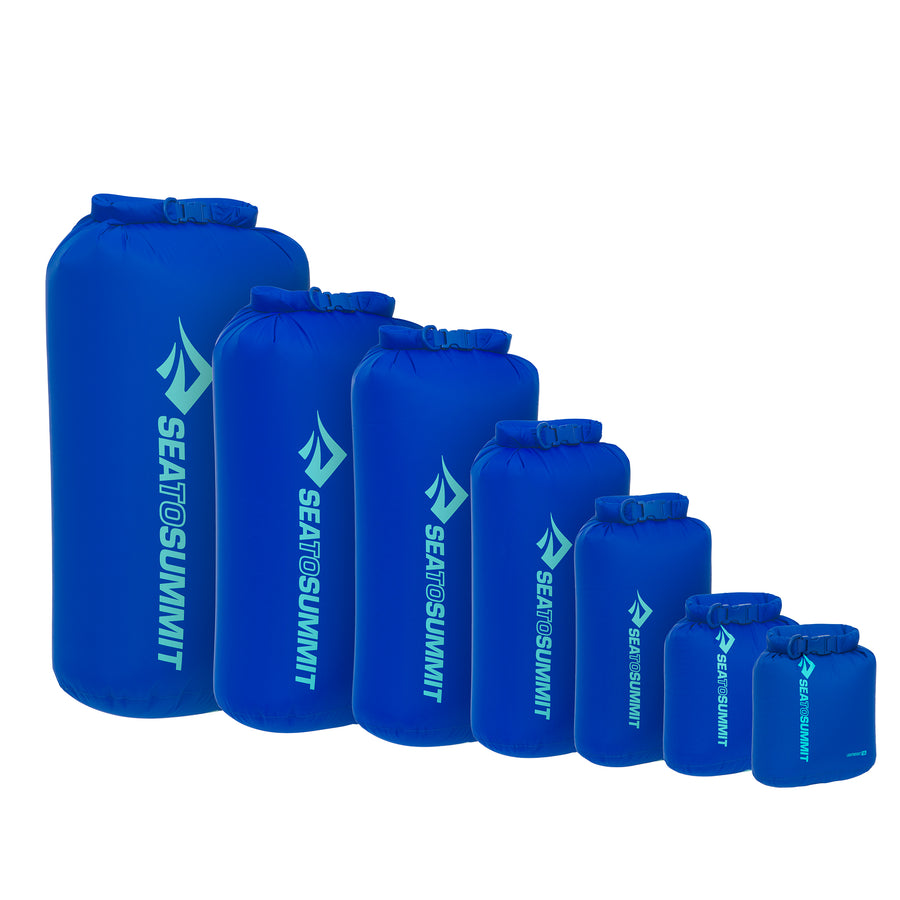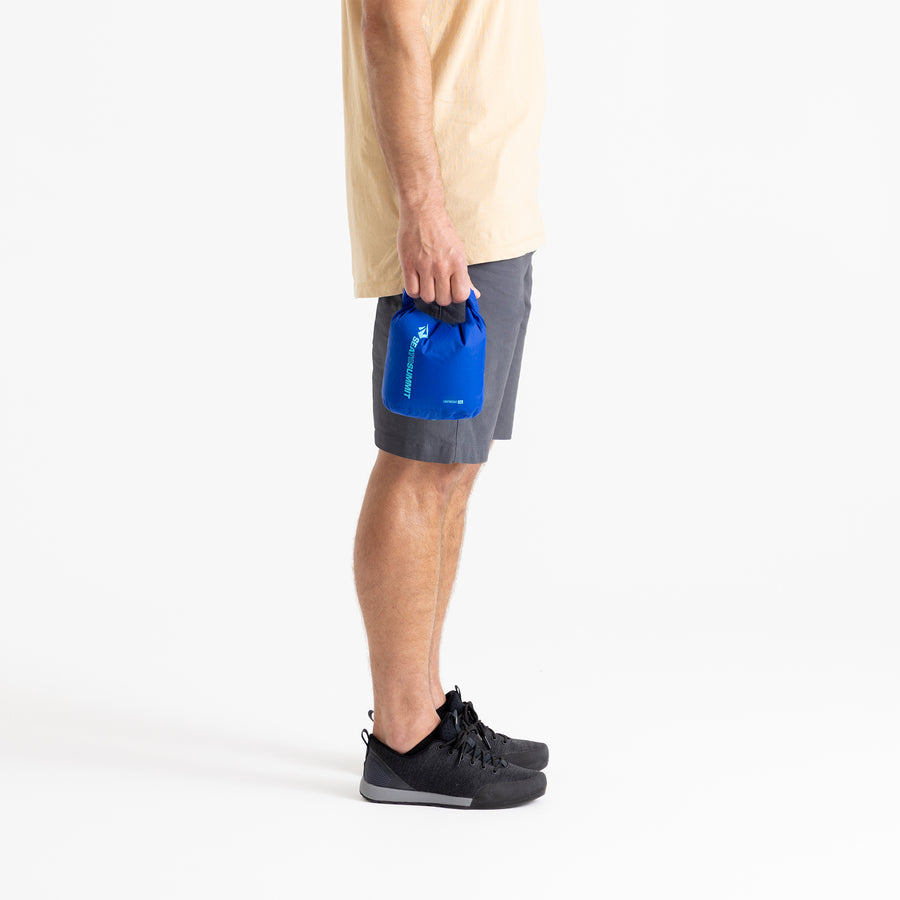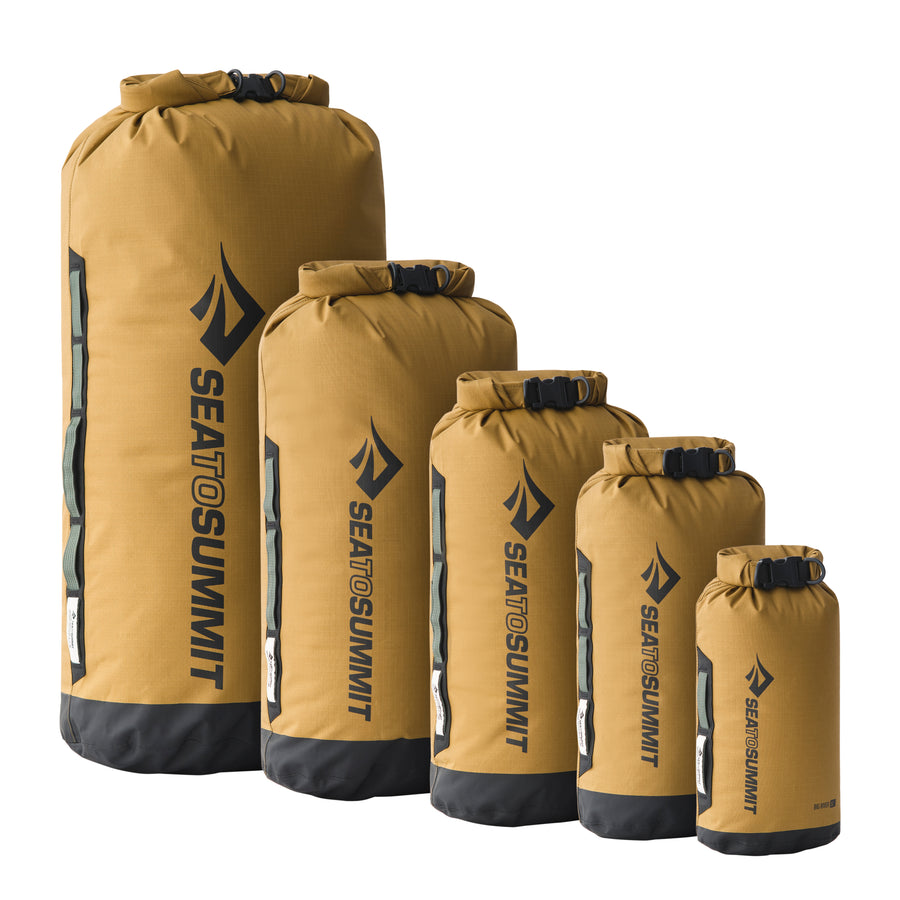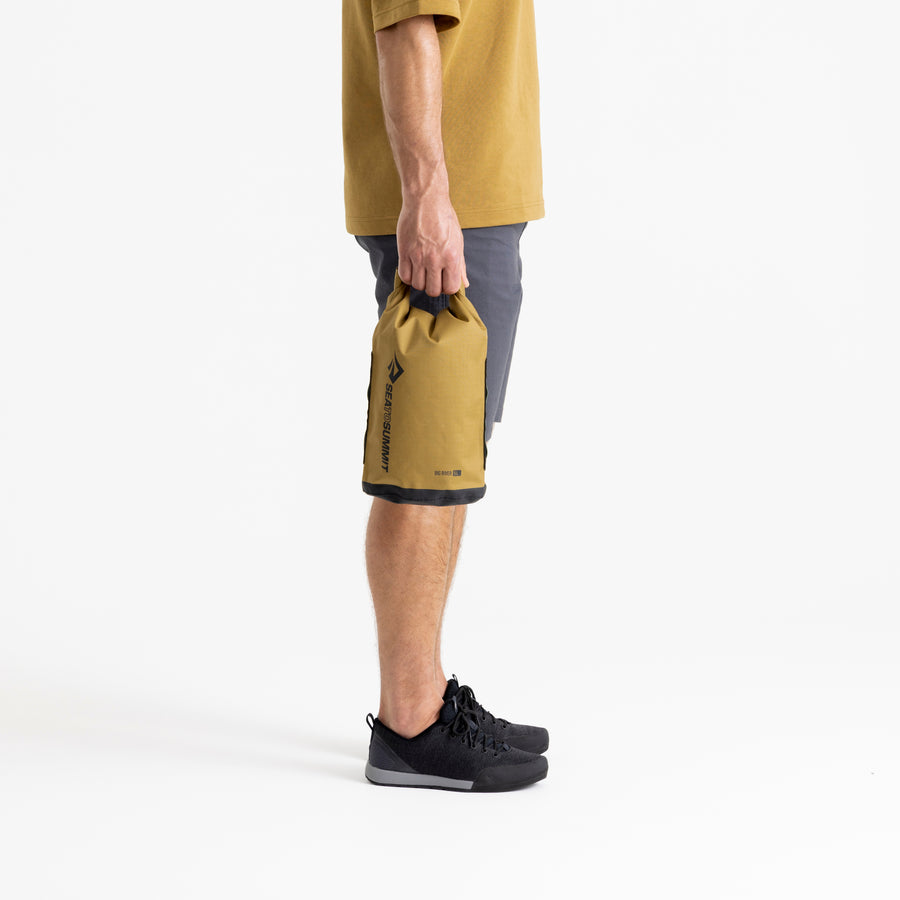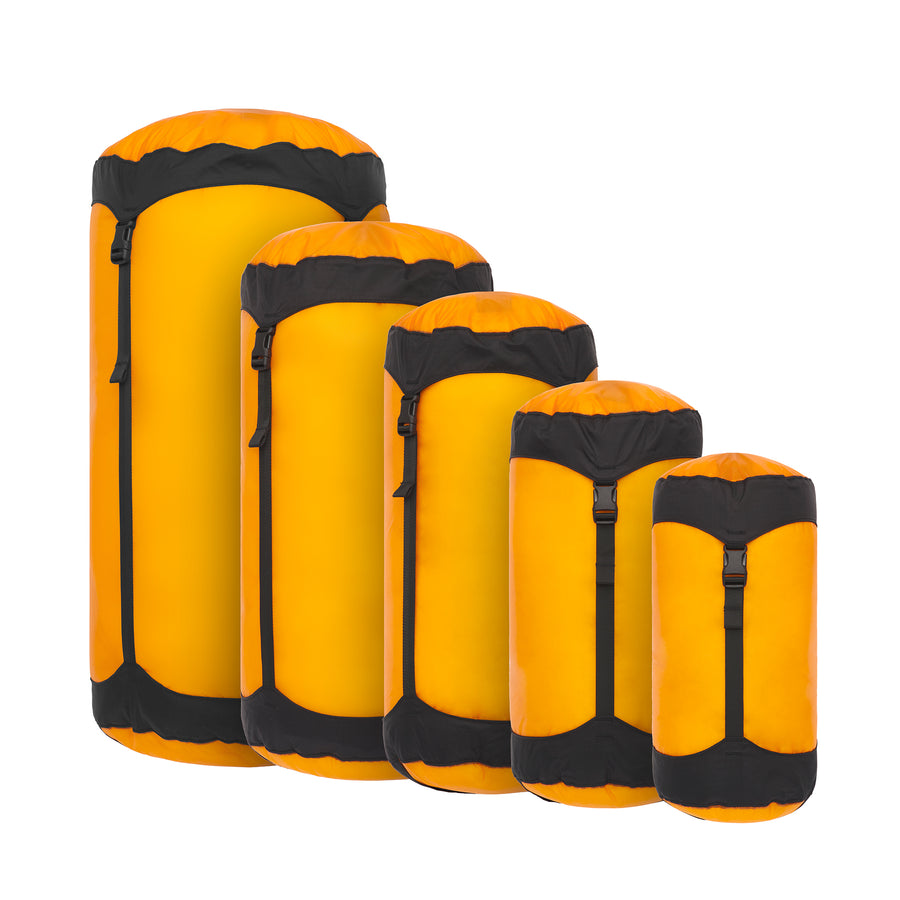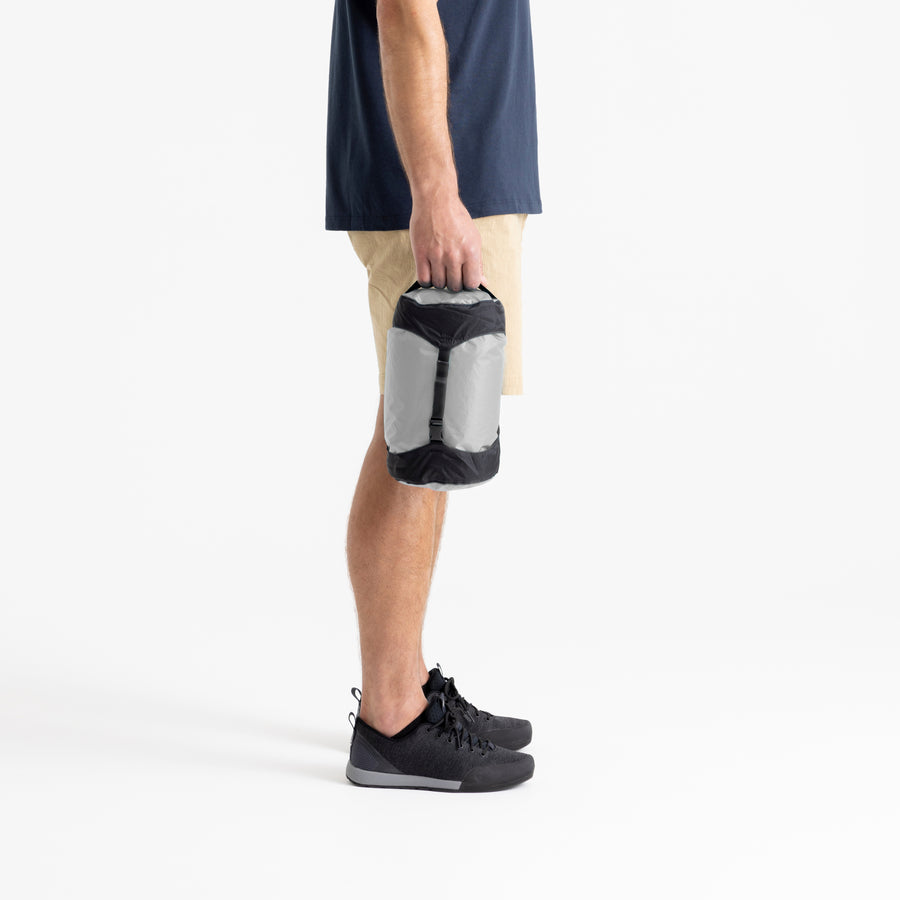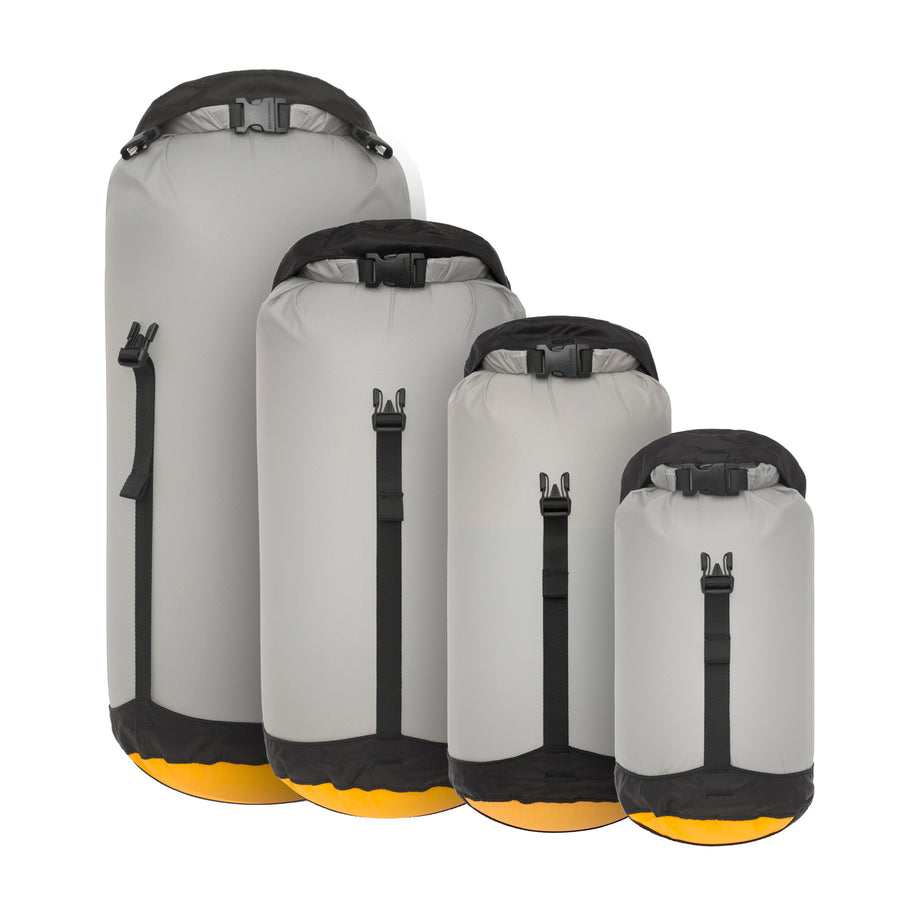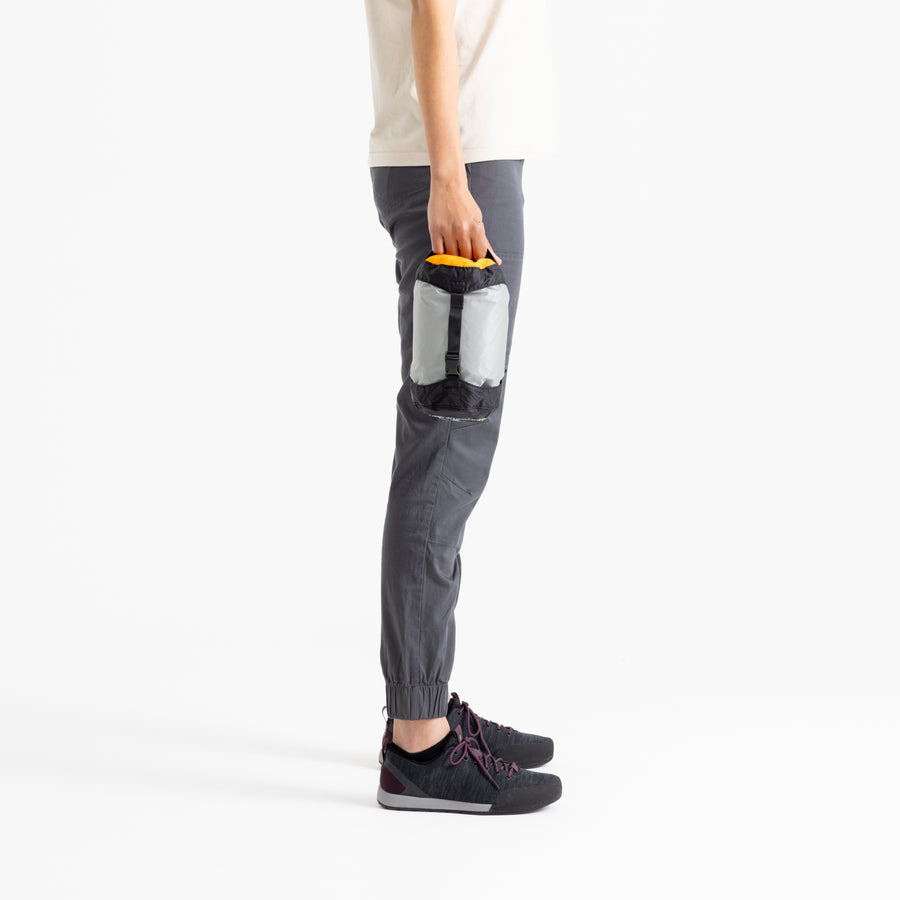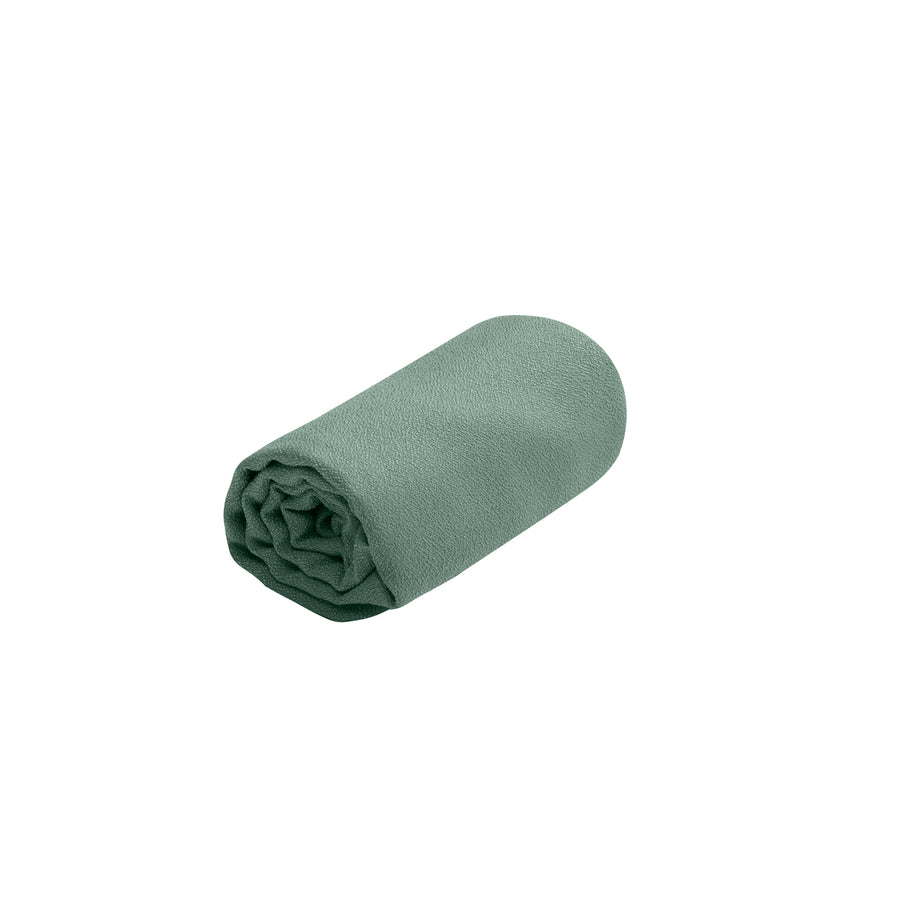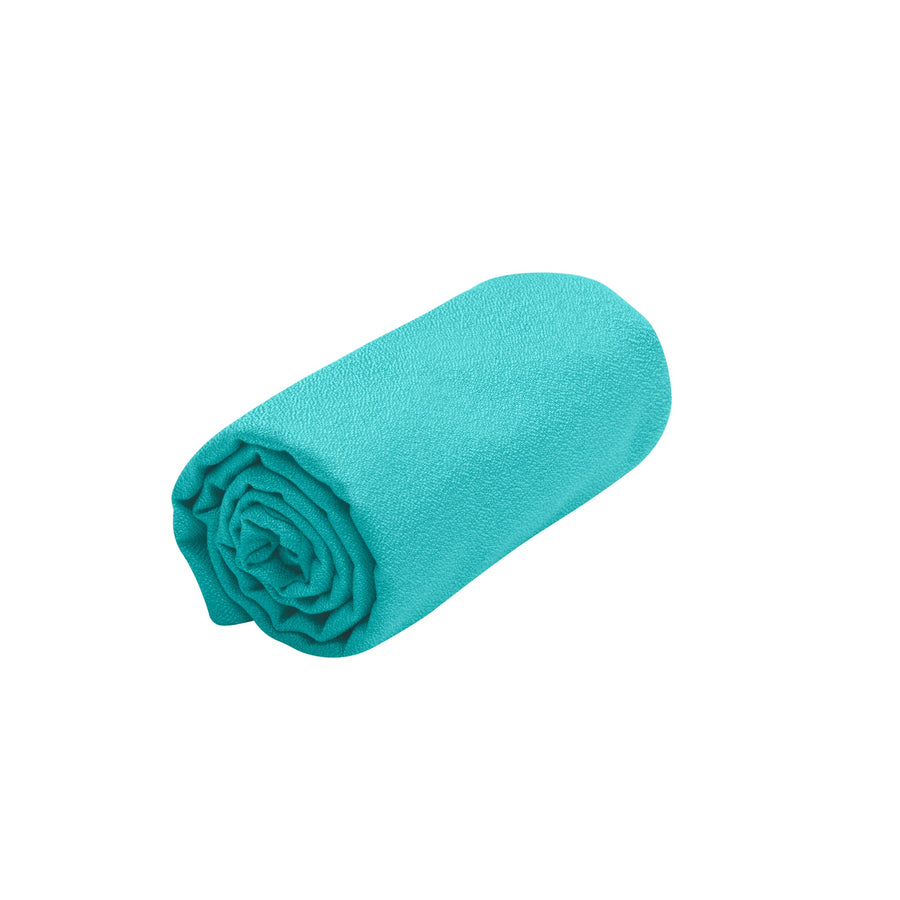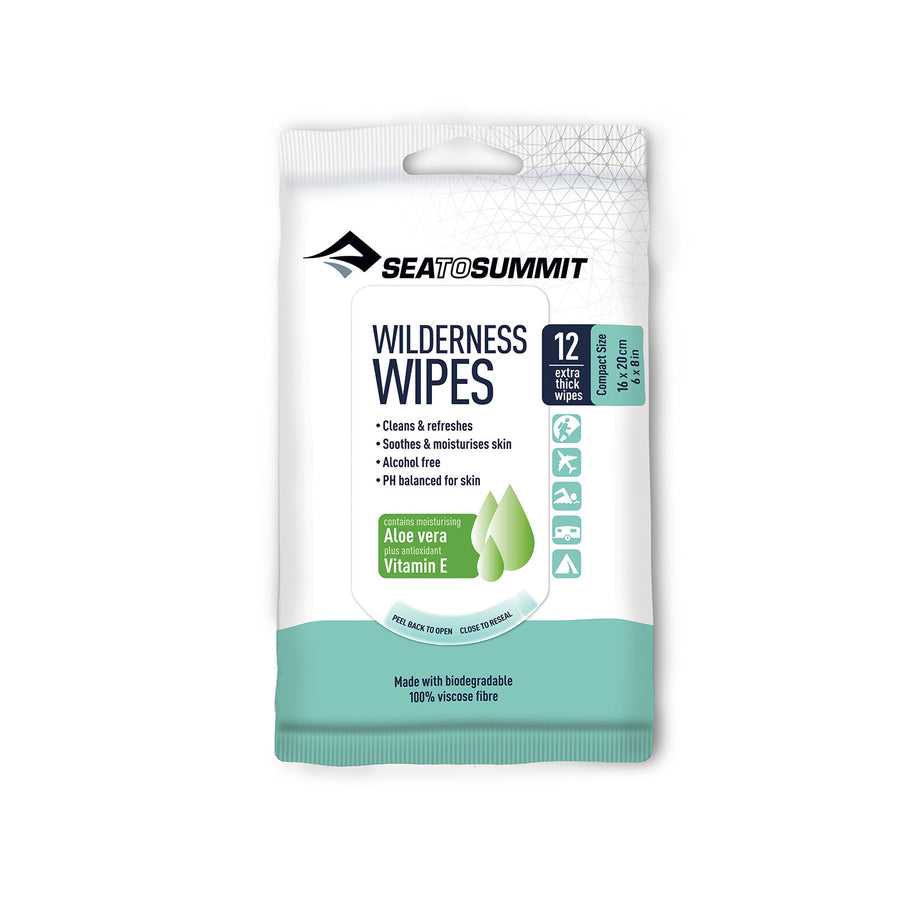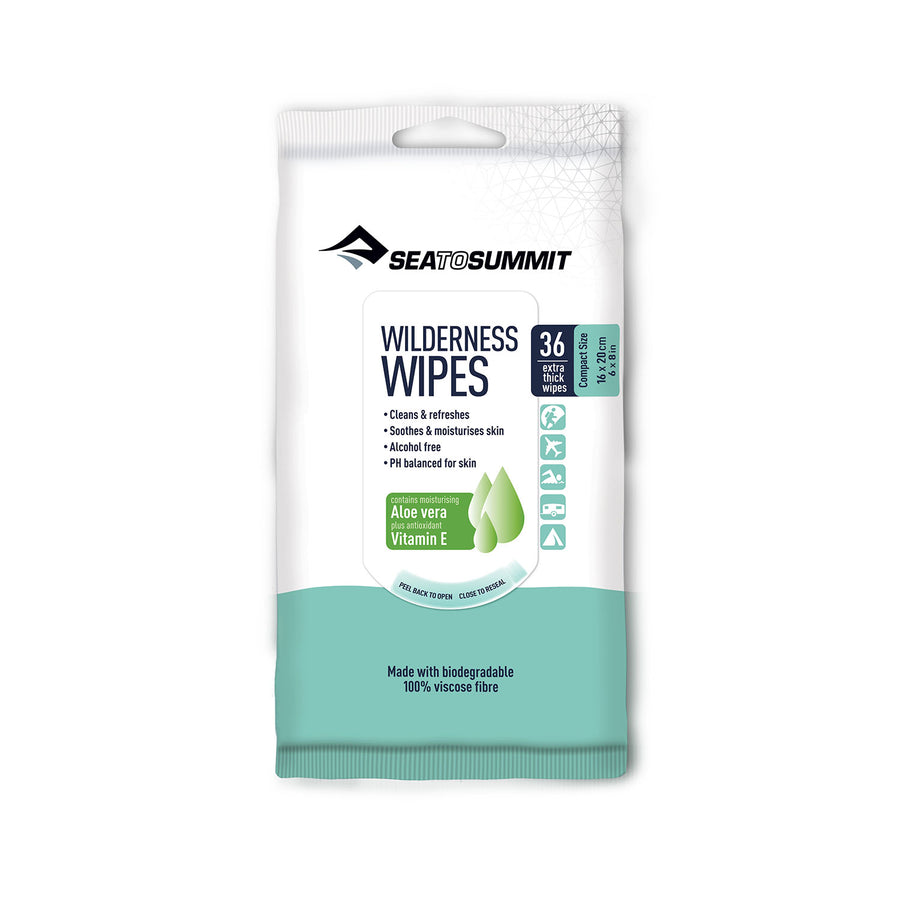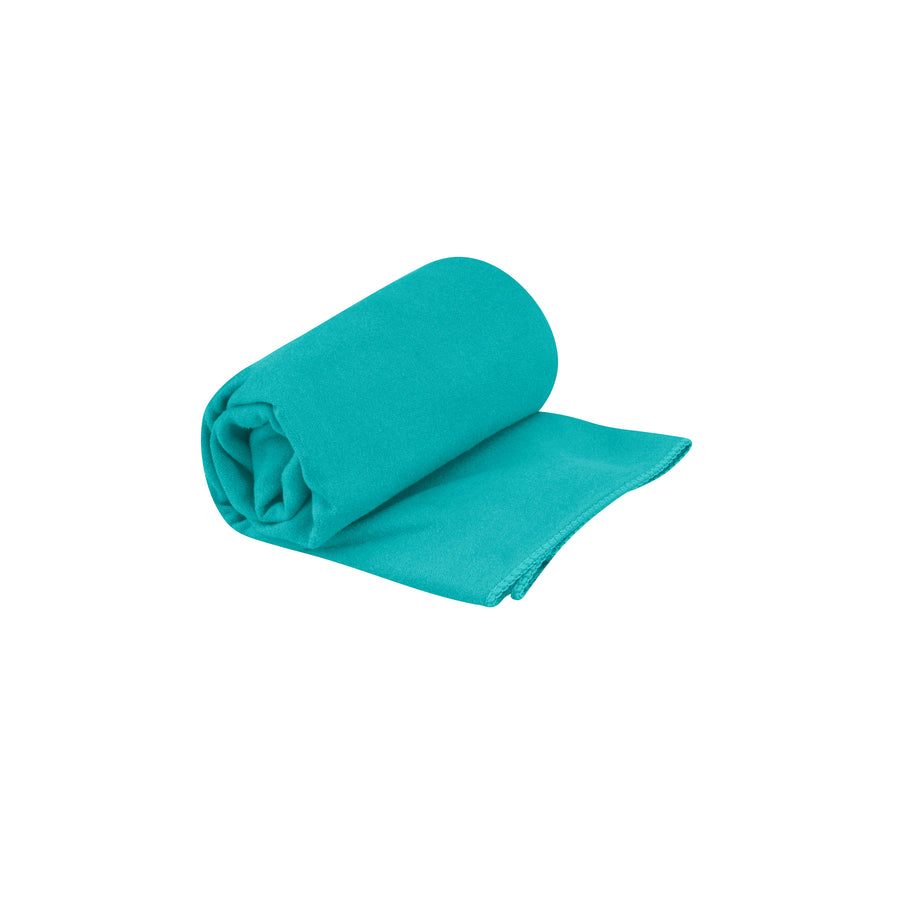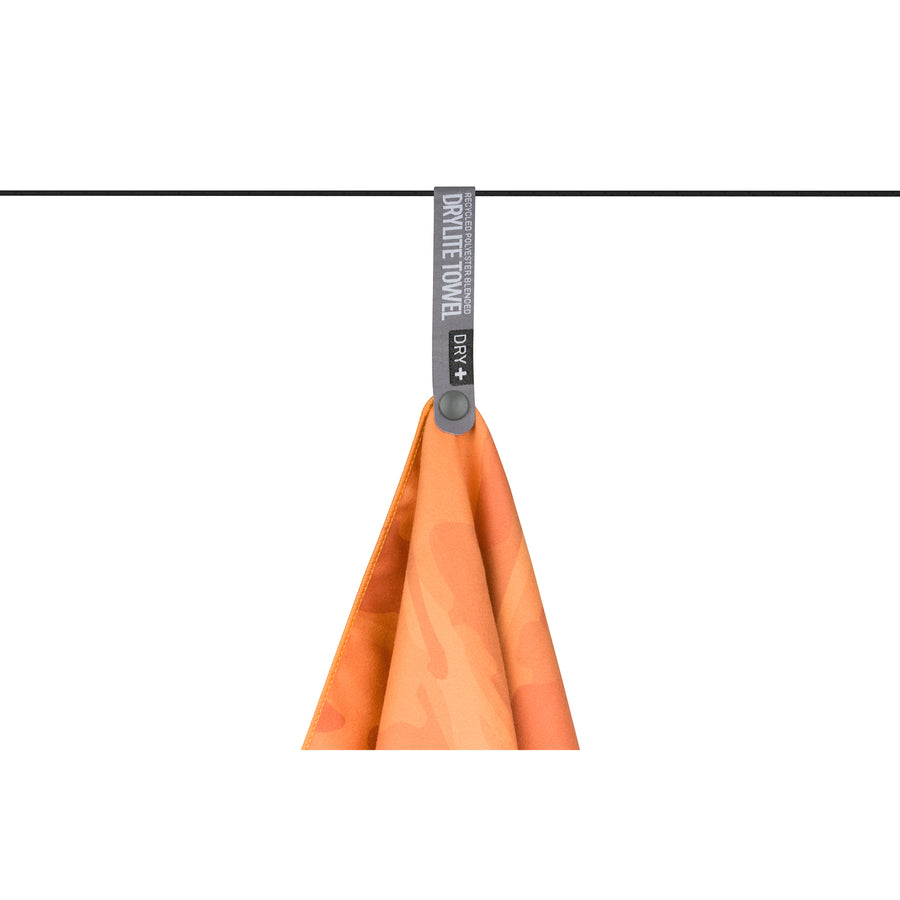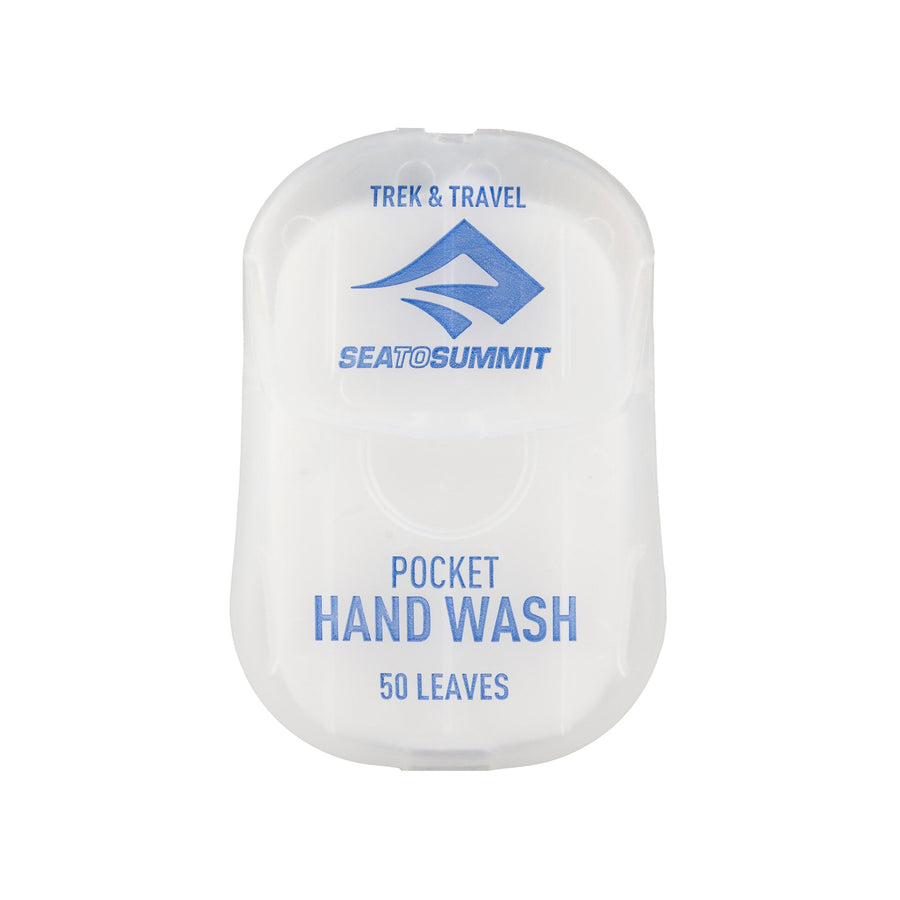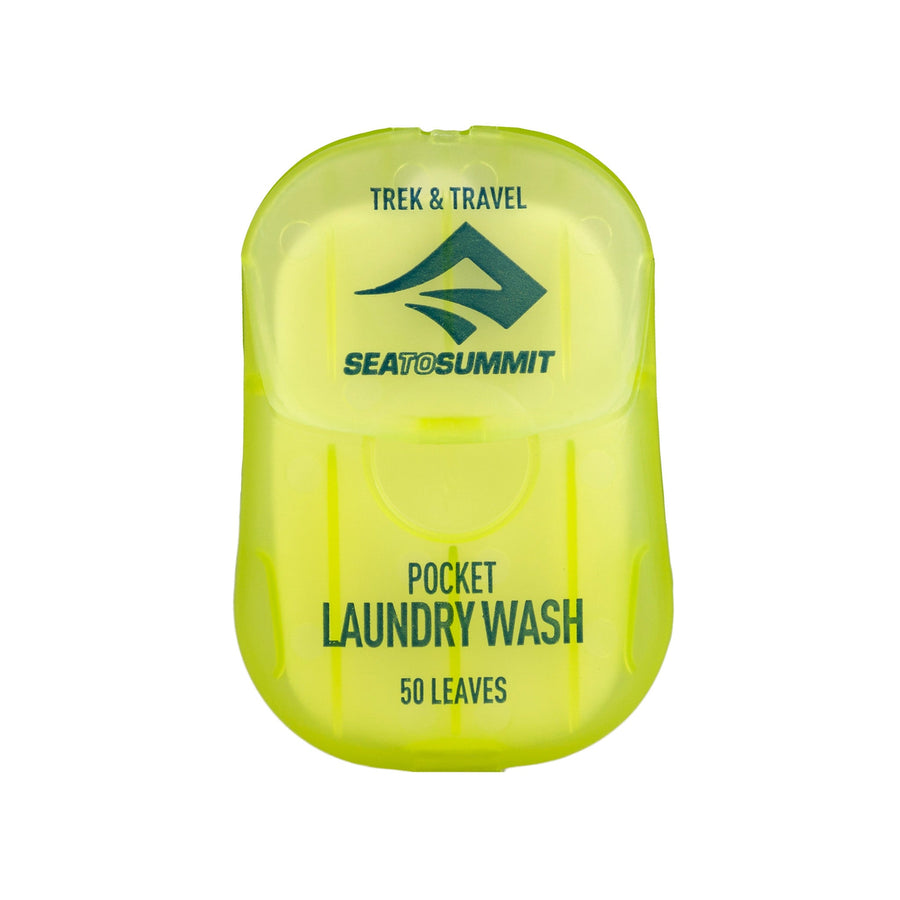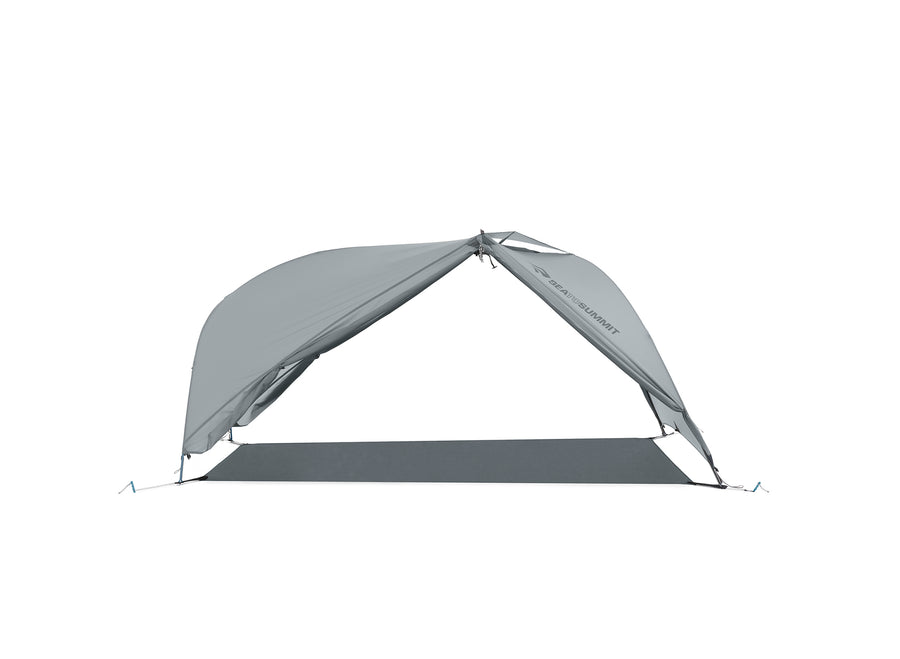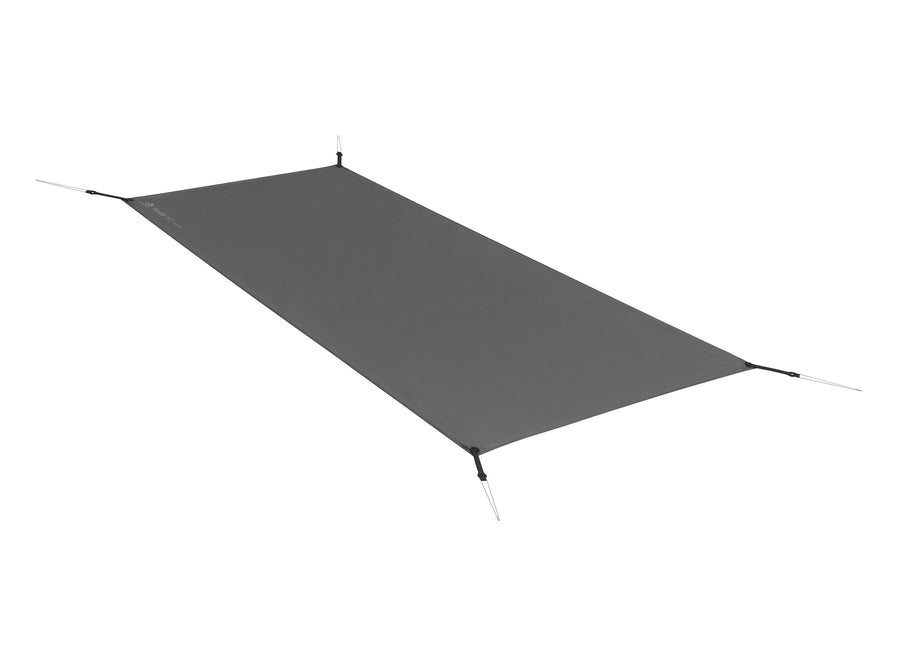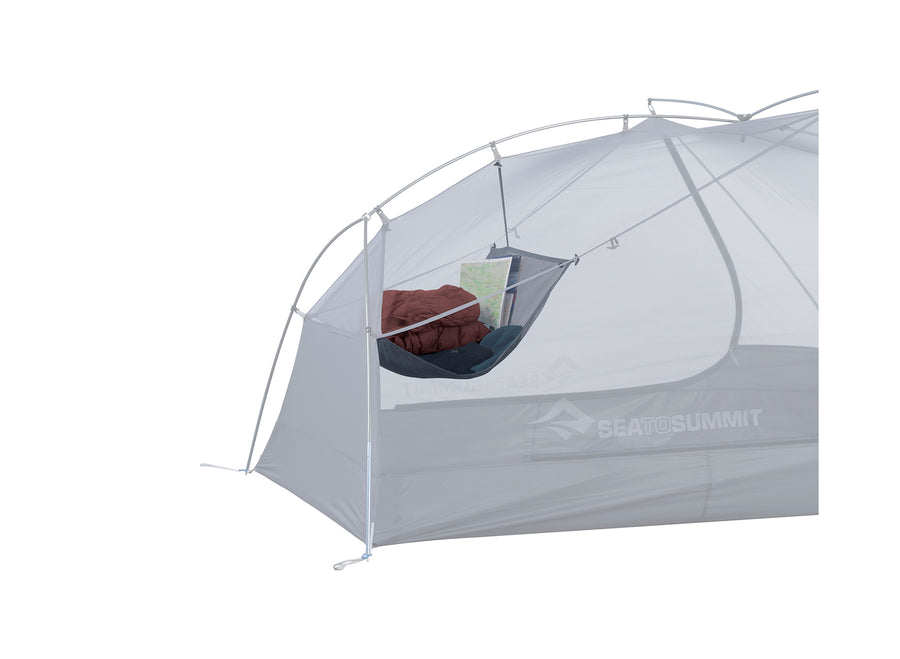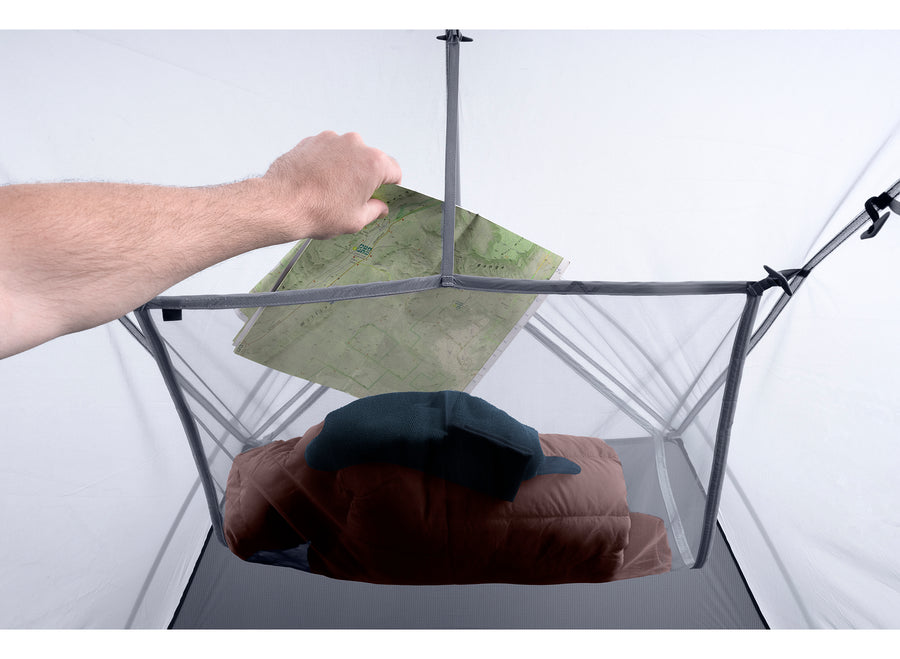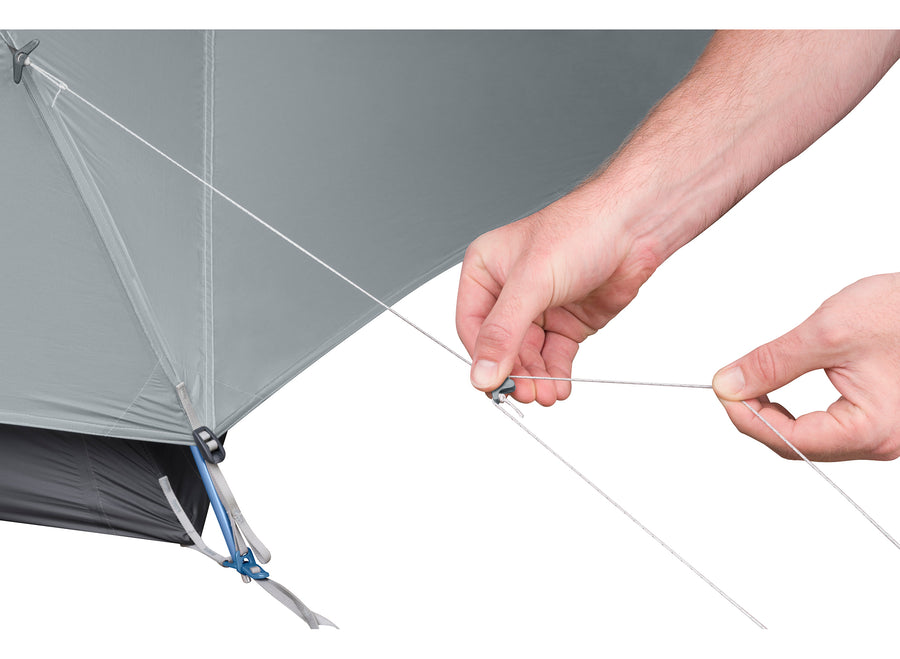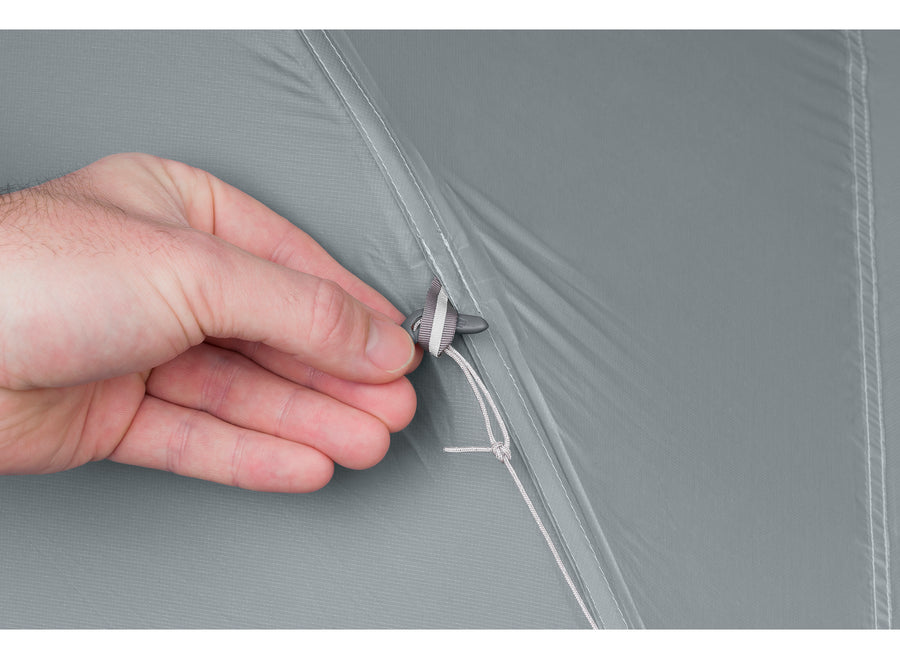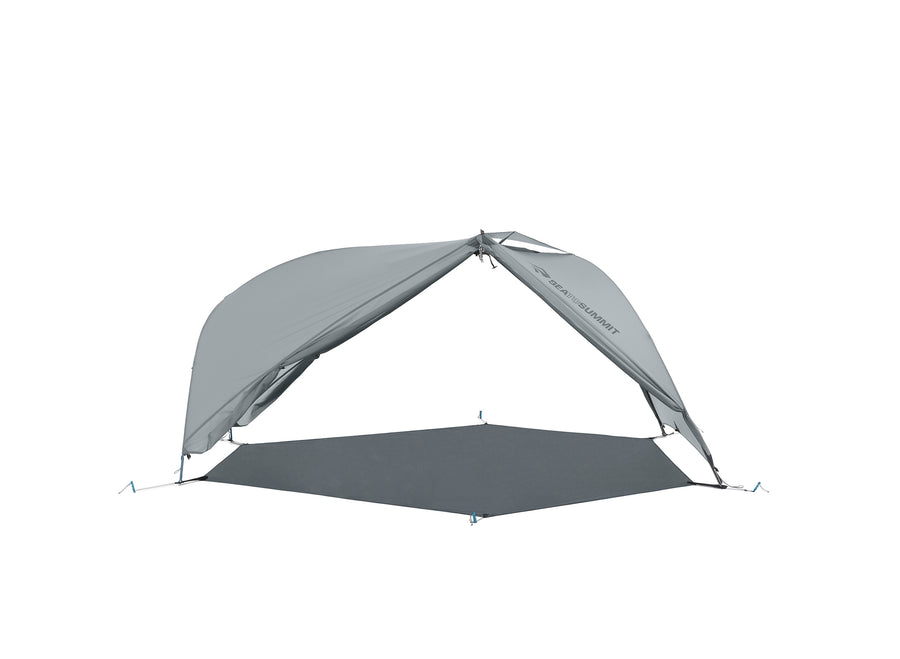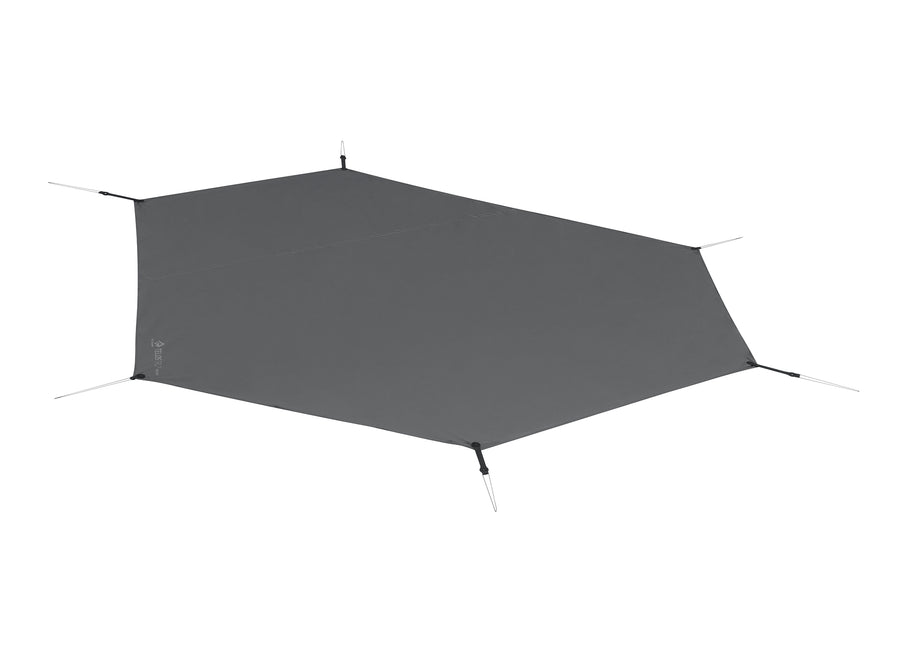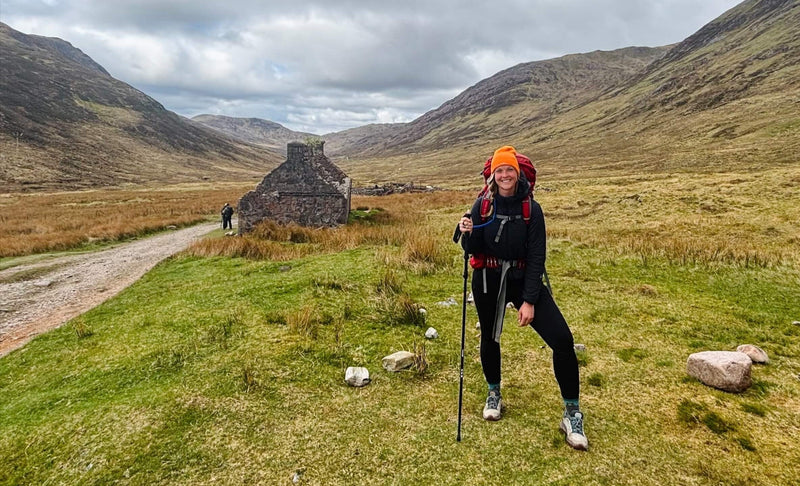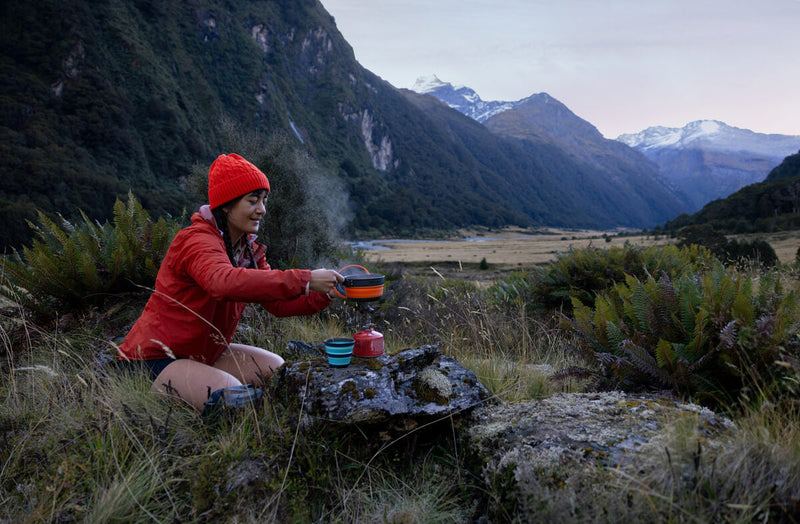How to leave the great outdoors how you found it
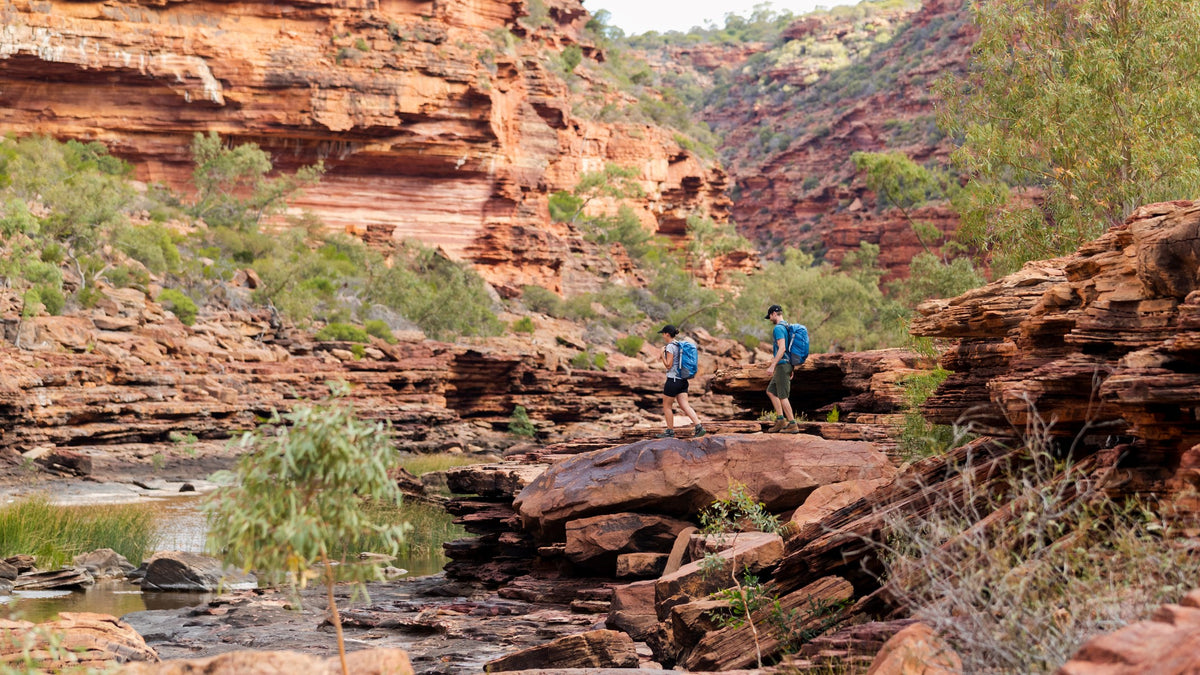
No, you can't just throw food in the woods.
In the great outdoors, the smallest actions leave lasting impressions. Tossing a banana peel in the woods or wandering off the trail to pick flowers may seem harmless, but every choice we make has the potential to alter the natural balance of our world.

Over time, even the little things can add up to significant changes to our environment, especially when you consider the increasing number of people spending time outdoors. That's where the concept of Leave No Trace comes in: a practice made of seven principles that help minimize our effect on natural places.

Making matters worse, 90% of people who visit the outdoors are uninformed about Leave No Trace principles, according to Ben Lawhon, Education Director at Leave No Trace Center for Outdoor Ethics. That's why his organization helps instil proper outdoor etiquette in as many people as possible, whether they're going on a months-long expedition or playing Frisbee in the park.
"Leave No Trace is not about perfection; it's about action, about what you can do to reduce your impact individually," Lawhon says.
Some of the principles are intuitive, while others require a little explanation. For example, most people know better than to throw a candy wrapper into the woods, but not everyone understands why it's so important to stay on the trail or not transport firewood from one park to another.
Plan ahead and prepare
 The adage stands when it comes to Leave No Trace: If you fail to plan, you plan to fail. Planning ahead can help eliminate many potential sources of environmental harm. That's because spending time outdoors—be it at your local park or in the Colorado wilderness—without everything you need often means your impact on that place will be greater. For example, if you forget to bring a garbage bag for a picnic, you're more likely to leave trash behind. If you don’t have a bear canister when camping in bear country, you’re more likely to attract unwanted wildlife.
The adage stands when it comes to Leave No Trace: If you fail to plan, you plan to fail. Planning ahead can help eliminate many potential sources of environmental harm. That's because spending time outdoors—be it at your local park or in the Colorado wilderness—without everything you need often means your impact on that place will be greater. For example, if you forget to bring a garbage bag for a picnic, you're more likely to leave trash behind. If you don’t have a bear canister when camping in bear country, you’re more likely to attract unwanted wildlife.
So consider what you need for the type of outdoor activity you're embarking on. Are you bringing a pet? Hiking for several nights or just a few hours? Is it supposed to rain, or will it be sunny? Will you be eating outside? Pack everything you'll need, from dog waste bags to rain jackets. Zip-top bags are also helpful. Use them to store trash until you find an appropriate disposal site or to wrap around your socked feet if you're caught in the rain without a spare pair of dry socks.
Stay on the trail
 Travel and camp on durable surfaces. Some soil, especially in the American west, is what was once known as the cryptobiotic crust (now known as living soil crust) is made of living organisms—including fungi, mosses, and lichens—that create a literal crust over the earth beneath. Walking or camping on this type of ground—which may not look that different from other dirt but is often bumpy, clumped together, or blackened—can destroy delicate ecosystems that may take decades to recover.
Travel and camp on durable surfaces. Some soil, especially in the American west, is what was once known as the cryptobiotic crust (now known as living soil crust) is made of living organisms—including fungi, mosses, and lichens—that create a literal crust over the earth beneath. Walking or camping on this type of ground—which may not look that different from other dirt but is often bumpy, clumped together, or blackened—can destroy delicate ecosystems that may take decades to recover.
But even in areas without this crust, camping on or hiking over land not cleared for that purpose can be harmful. Deviating from paths can widen trails, damage trailside plants, and cause erosion, while camping on fragile vegetation can scar the landscape.
If there are well-maintained trails, use them. Don't take shortcuts between switchbacks; if there's living soil crust nearby, stay off it.
If there are no marked trails, don't walk single-file, as you risk wearing a path where there shouldn't be one. Pitch tents and camp on sandy surfaces, gravel, or hearty vegetation like dry grass if you're camping where there are no designated campsites. Then when you leave, do your best to restore the area to what it looked like before you arrived. In a high-use campsite like those in national parks, stick to the well-worn areas cleared for camping.
Dispose of waste properly
 Most people who spend time outdoors will have to go to the bathroom in the woods. But improper disposal techniques can contaminate waterways, hurt wildlife, and spread disease. That goes for pet waste, too. As for litter, don't burn it in a campfire or toss it in the woods. Not only can it attract wildlife and make them sick, but it doesn't break down as quickly as you think. Even natural items like toilet paper, apple cores, and coffee grounds could take years to decompose.
Most people who spend time outdoors will have to go to the bathroom in the woods. But improper disposal techniques can contaminate waterways, hurt wildlife, and spread disease. That goes for pet waste, too. As for litter, don't burn it in a campfire or toss it in the woods. Not only can it attract wildlife and make them sick, but it doesn't break down as quickly as you think. Even natural items like toilet paper, apple cores, and coffee grounds could take years to decompose.
Never wash dishes or go to the bathroom within 200 feet of running water. Use a Camp Kitchen Sink to clean your dishes away from streams and lakes and only use soaps that are biodegradable such as our Wilderness Wash.

It's OK to urinate on the ground, but don't leave toilet paper. Bury it or bring it with you—a good use for those zip-top bags. Likewise, bury solid human waste too. Dig a hole 6-8 inches deep with a small trowel and go in the hole, then fill it with dirt and disguise the area, so animals or other hikers don't find it. As for trash, dinner leftovers, and even feminine hygiene products, bring it out if you bring it in.
Leave what you find
When hiking through the woods or even meandering through a neighbourhood park, you may be tempted to pocket an interesting rock or pick a pretty flower. A small fossil or rusty nail from centuries past may also be a tempting souvenir. But remember that every item you remove from its place also removes a piece of that place for future visitors. Moving things from one area to another can also spread invasive species: insects in plants and firewood, zebra mussels on boats, and even microscopic particles in the treads of your shoes. All are unintentional ways people can help invaders spread.
Instead, take a photo of that beautiful flower or unique stone, and leave the object where it is. Do the same for historical items like arrowheads, building materials, or pottery pieces, and, if possible, let park staff know the location so they can investigate.
Minimize campfire damage
 Everybody loves a campfire when spending the night outdoors, but a campfire can do significant damage if it's not built or appropriately managed. Wildfires and forest fires aside, hot coals and flames can scorch the vegetation and the ground below the fire, while over-collecting fallen branches or cutting down live wood for fuel can leave the surrounding area bare of resources.
Everybody loves a campfire when spending the night outdoors, but a campfire can do significant damage if it's not built or appropriately managed. Wildfires and forest fires aside, hot coals and flames can scorch the vegetation and the ground below the fire, while over-collecting fallen branches or cutting down live wood for fuel can leave the surrounding area bare of resources.
Use a designated fire pit at your campsite—usually a metal ring or a circle of rocks built to contain flame and ash—but only if you bought firewood at the camp store or there's enough fallen wood to collect nearby. Even if there is a fire ring, don't start one if there's a fire ban where you are.
If there's no designated spot, skip the flames or build a Leave No Trace-type fire. The latter involves mounding soil, sand, or gravel 15-20cms thick and at least twice as wide as the intended fire on top of a ground cloth or a large garbage bag. Alternatively, use a fire pan (basically a metal trash can lid) set atop three or four rocks. Then arrange the wood and start your fire. When it's time to extinguish, do it with water, not dirt or ash, and make sure the coals are no longer hot to the touch before going to bed or leaving camp.
Respect wildlife
Getting too close to wild animals can have disastrous ramifications. If they feel threatened, of course, they might attack. But even if they remain calm, approaching, handling, or trying to feed wildlife can make animals accustomed to people. That means they're increasingly likely to become comfortable ransacking picnic baskets, invading campsites, and approaching civilization. If an animal changes its behaviour because of you—whether that means it runs away, abandons its young, or stops eating—you're too close.
Lawhon suggests using the "rule of thumb" when encountering animals in the wild: if you can hold up your hand at arm's length, close one eye, and cover a nearby animal with your thumb, you're likely far enough away to stay safe and prevent the animal from feeling threatened.
Be considerate of other visitors
 The rules of common courtesy apply outdoors, too. That includes being polite to other hikers, stepping aside to let others pass, and keeping excess noise—including music—to a minimum. Music and shouting can disturb wildlife as well as the peace many seek outdoors.
The rules of common courtesy apply outdoors, too. That includes being polite to other hikers, stepping aside to let others pass, and keeping excess noise—including music—to a minimum. Music and shouting can disturb wildlife as well as the peace many seek outdoors.
If you must have music, use headphones. And if travelling in a group, keep loud talking and shouting to a minimum. When crossing paths with people headed in the opposite direction, offer to step aside and give them the right of way. Generally, those going downhill should yield to those going up, and if someone faster is coming up behind you, step aside and let them pass.
Leave no trace
To best put the principles into practice, ask yourself, "Would this item be here, or would this area look like this if I had never come through?" Answering that will ensure you're minimizing your effect on nature.
"It's about doing the best you can," Lawhon says. "It's not an all-or-nothing prospect. It's about learning and about making responsible decisions in the outdoors."
And it's certainly not just for hikers or avid outdoors people, but for everyone who spends time in nature.
Shop our Leave No Trace Collection
Written by Alisha McDarris for Popular Science and legally licensed through the Matcha publisher network. Please direct all licensing questions to legal@getmatcha.com.
